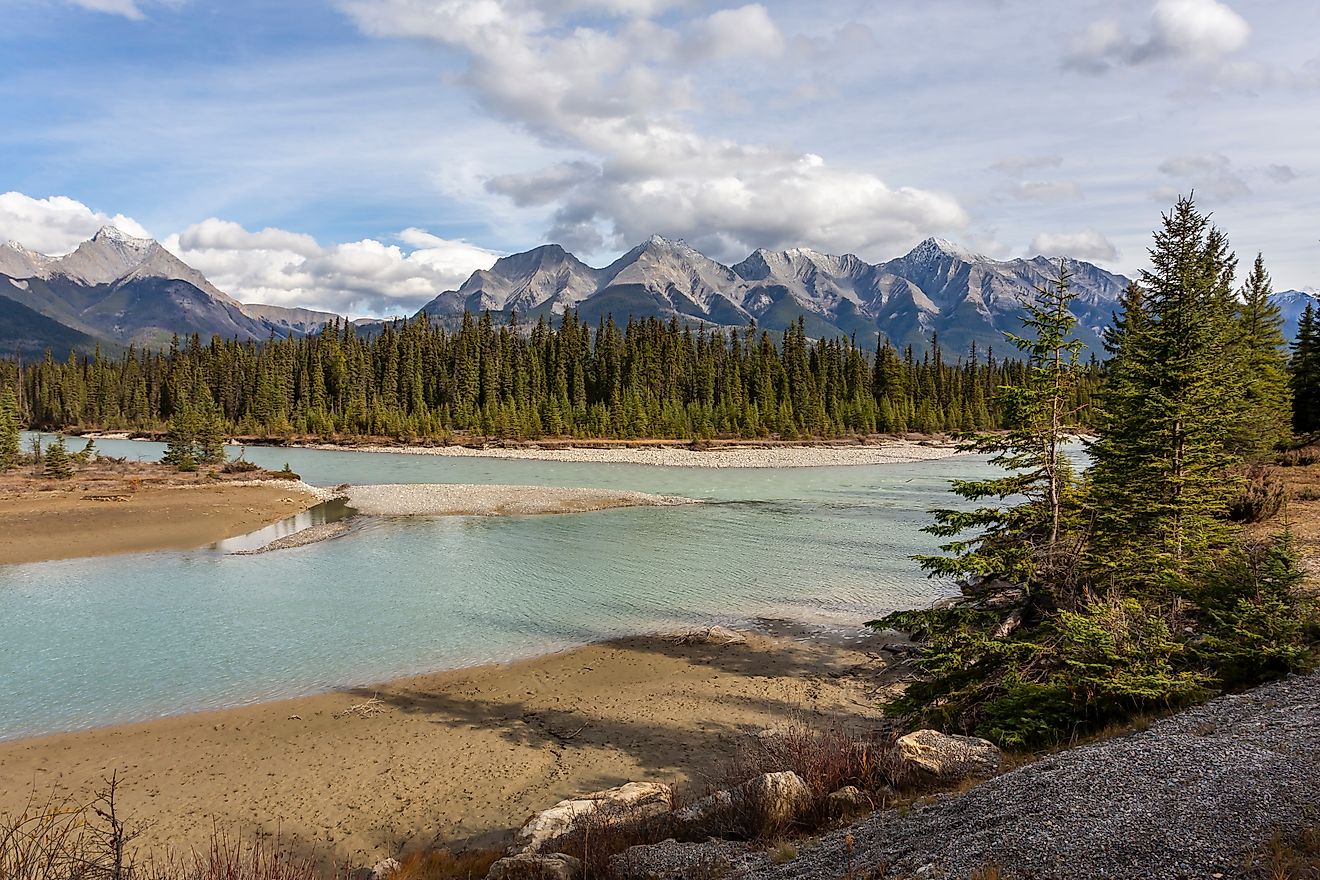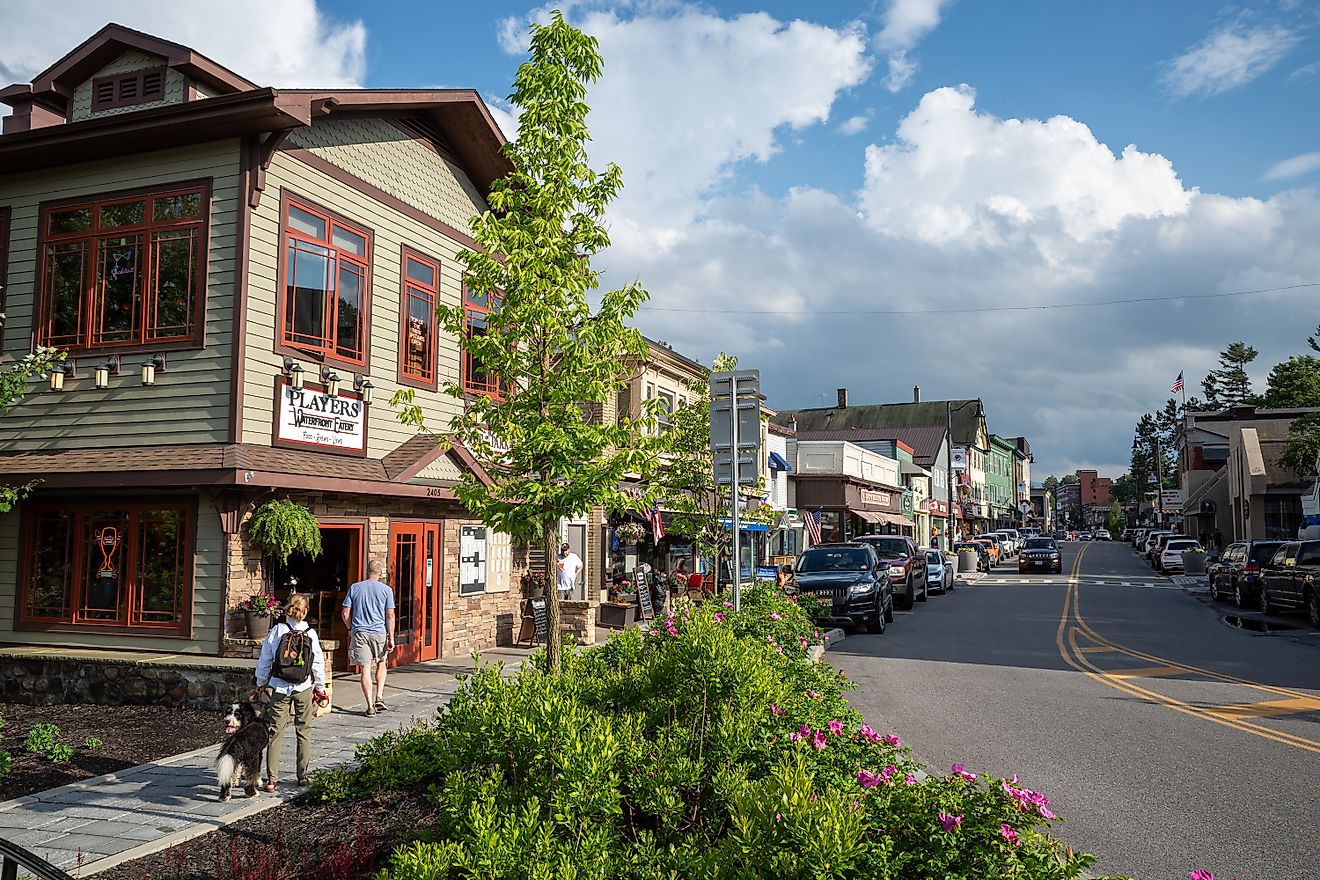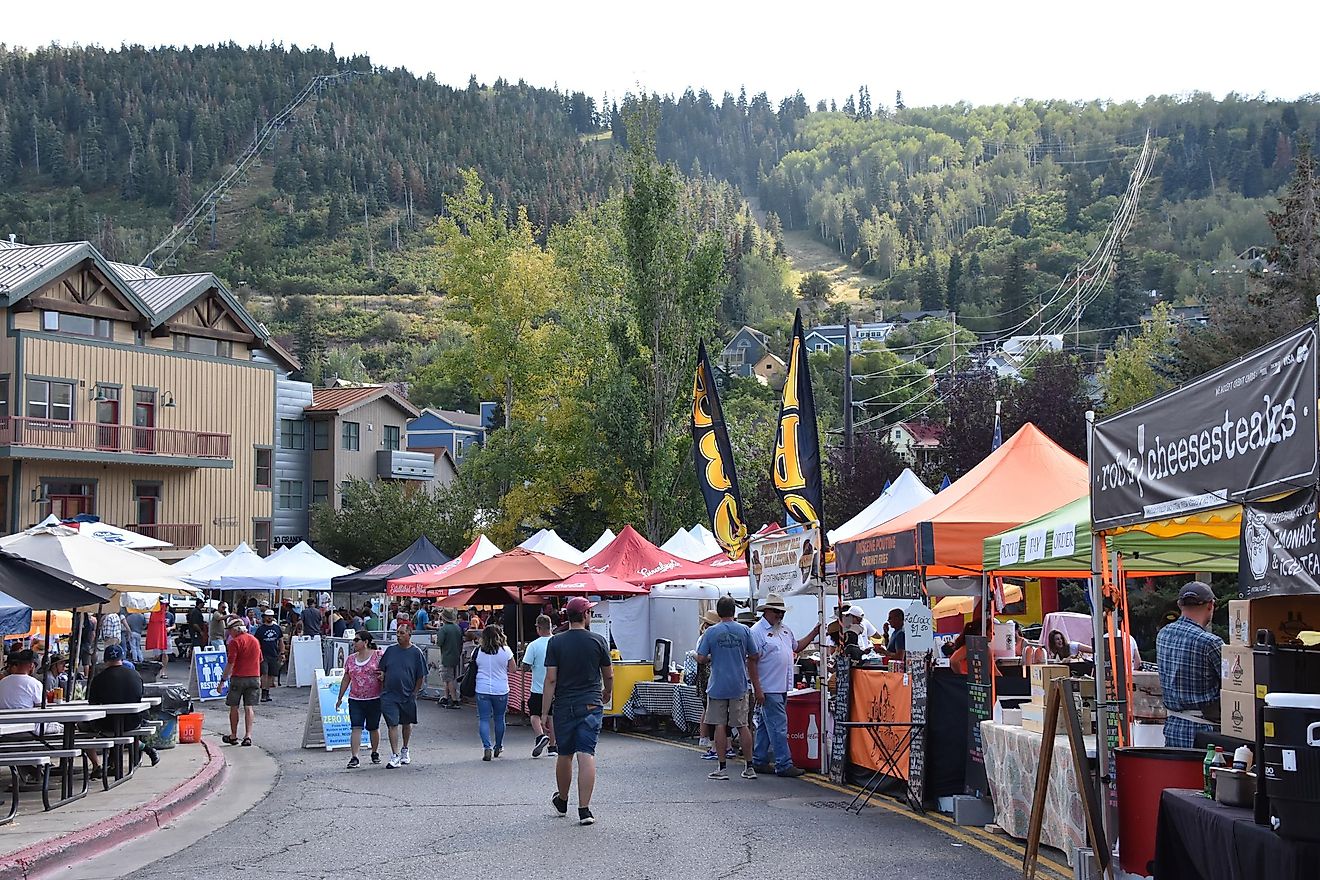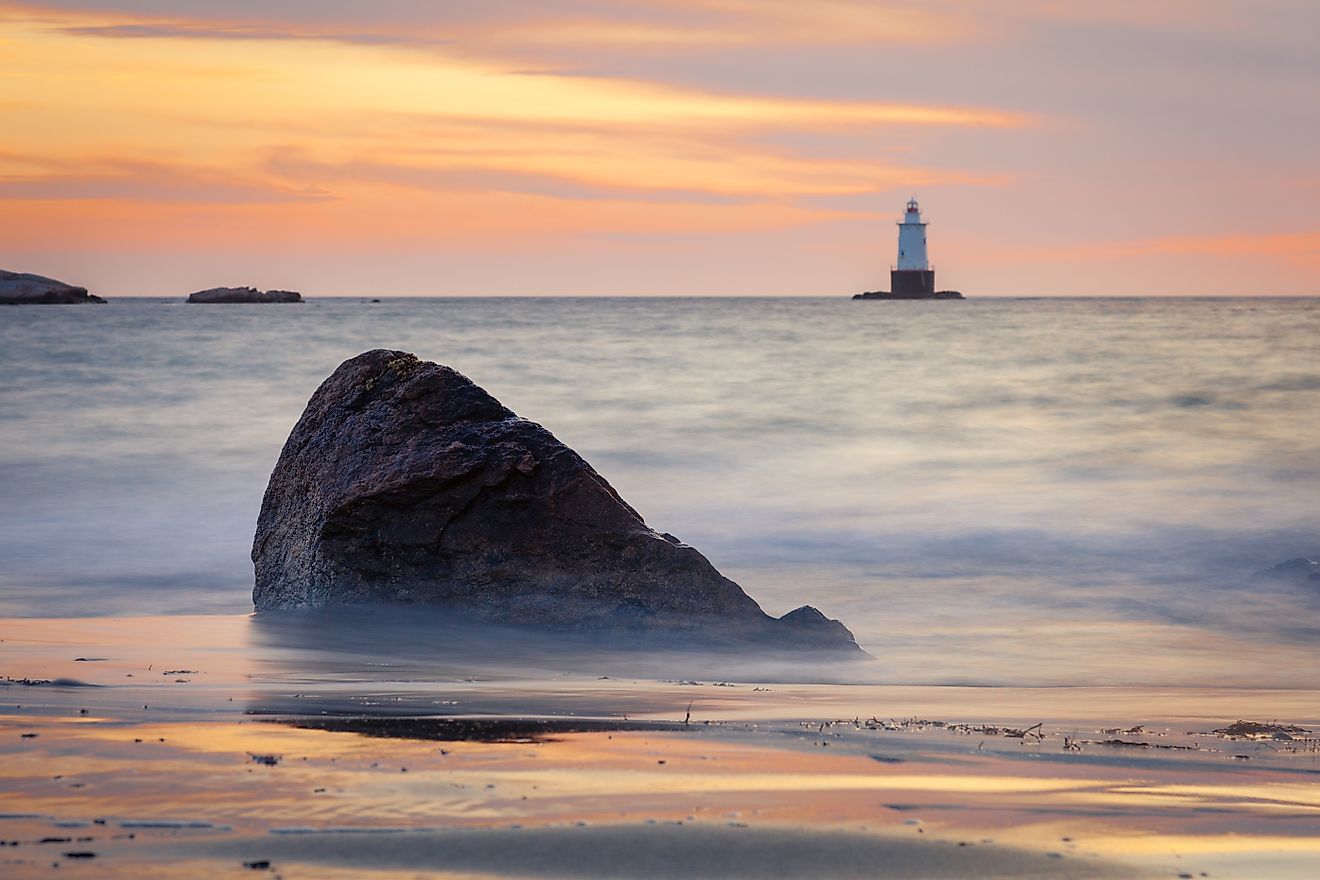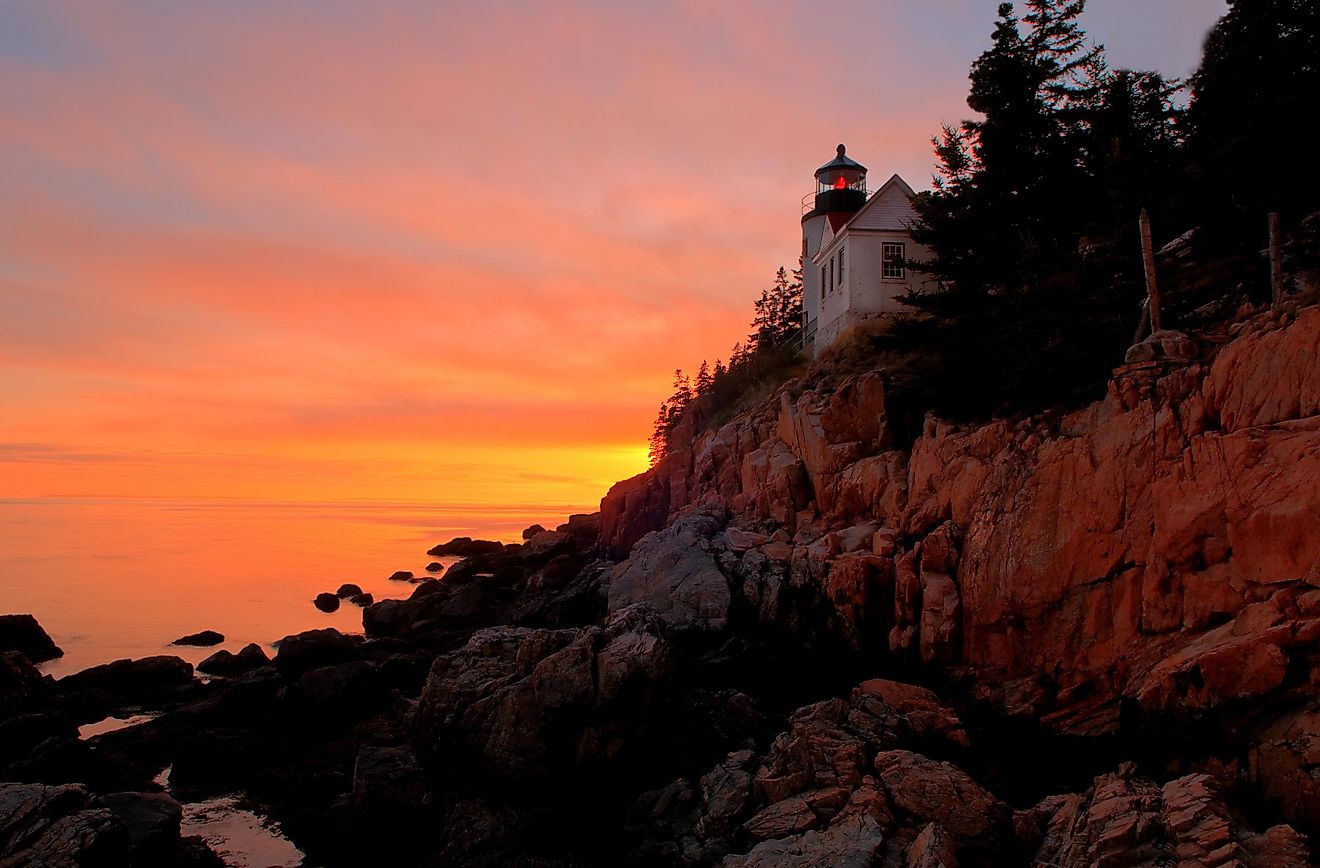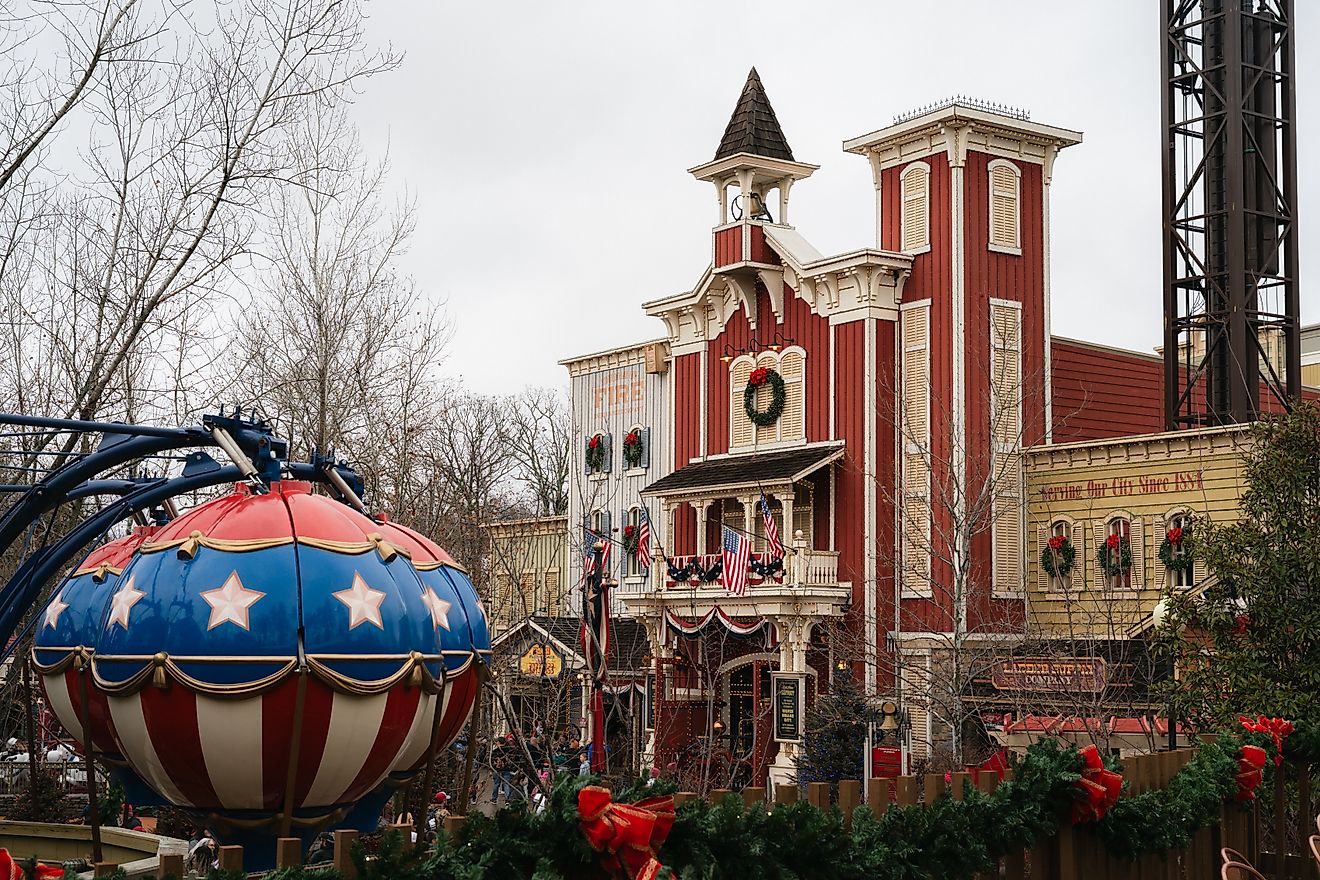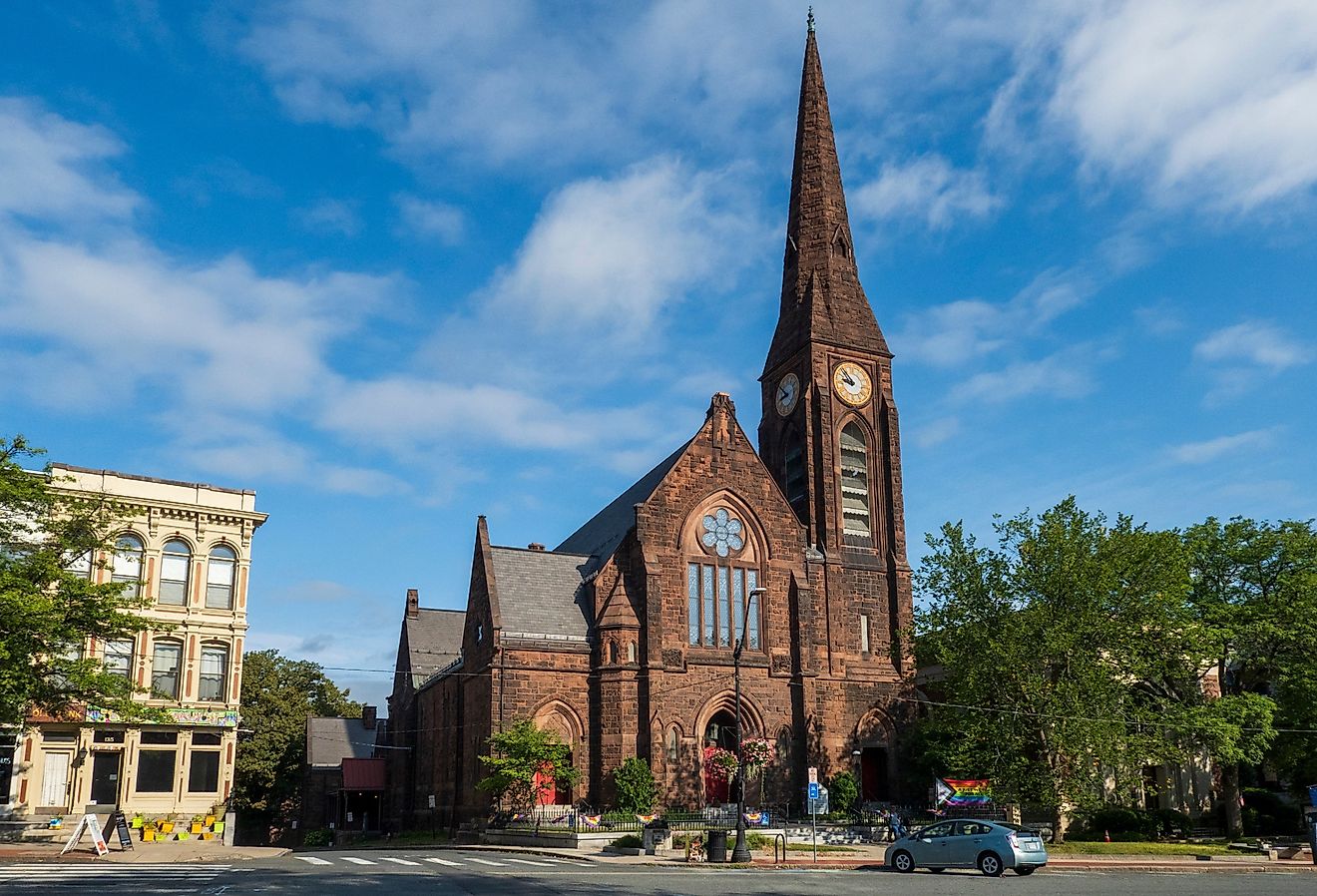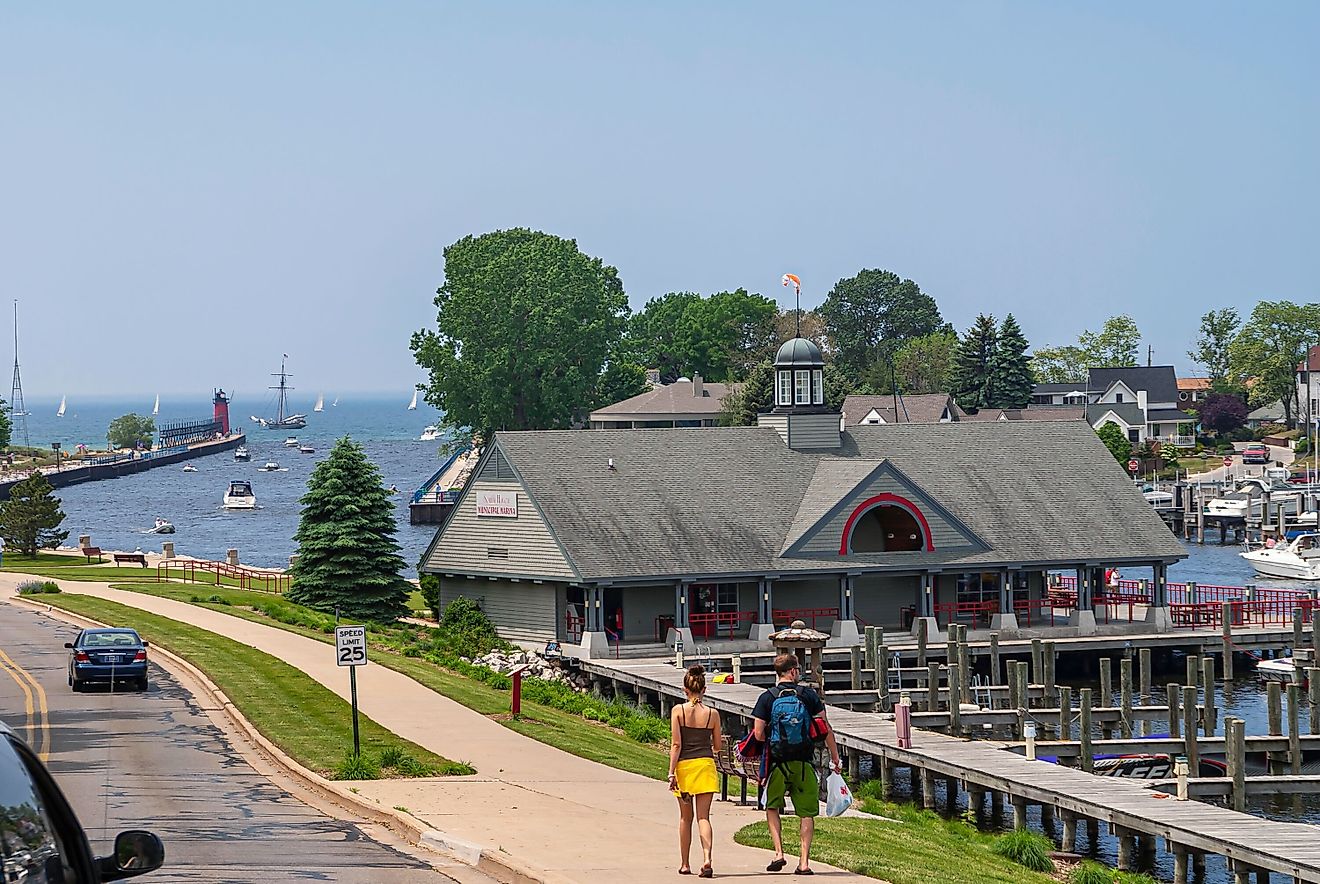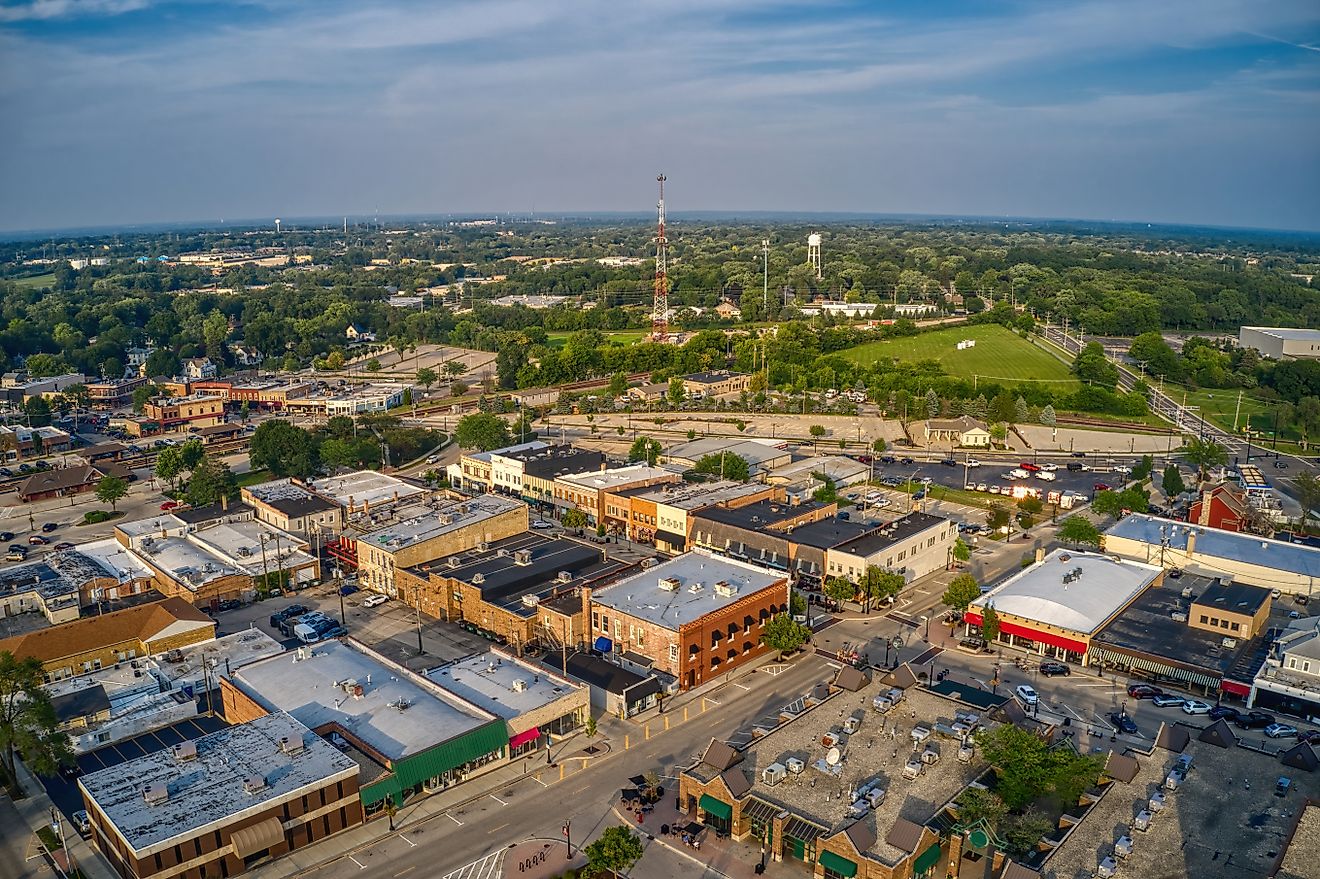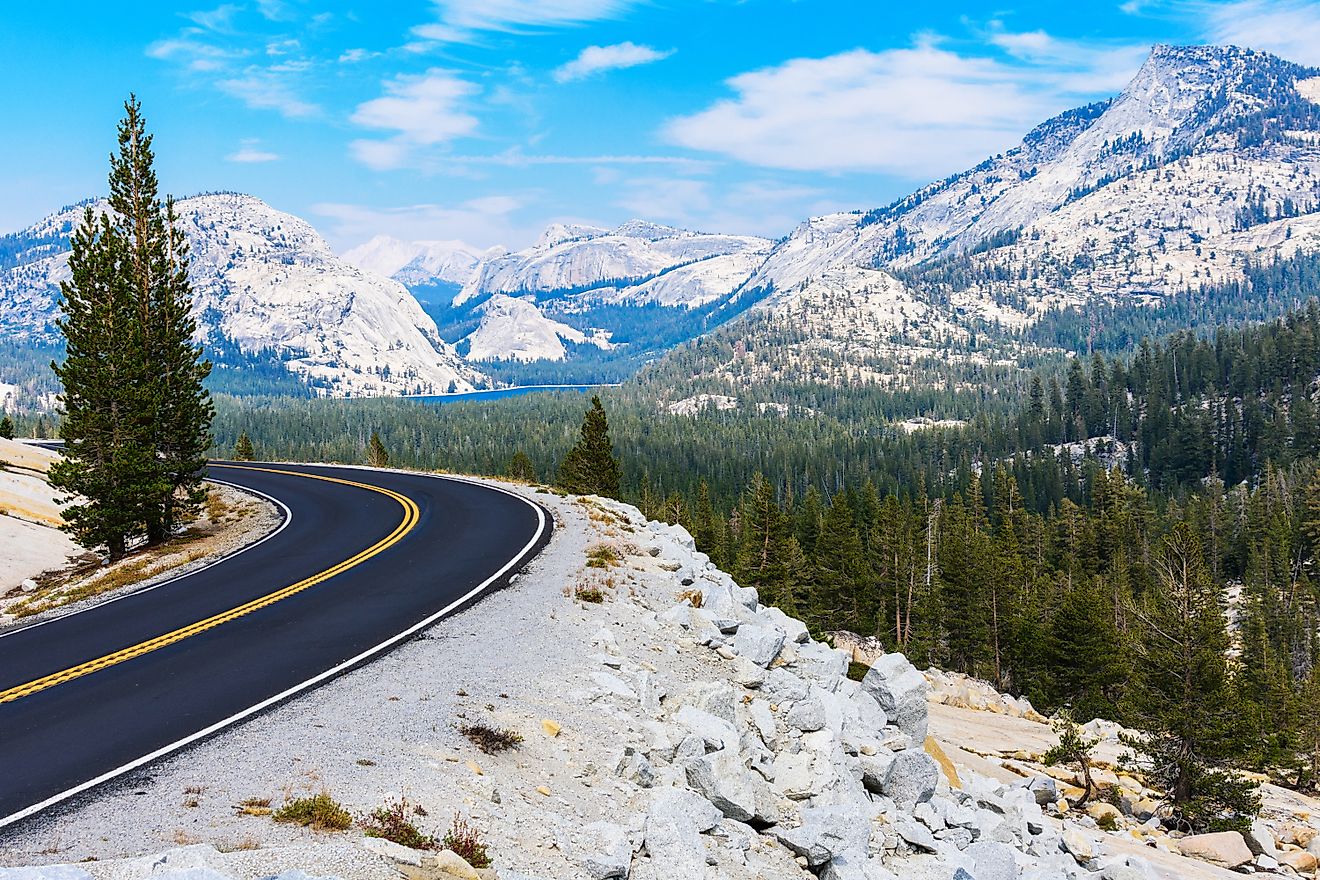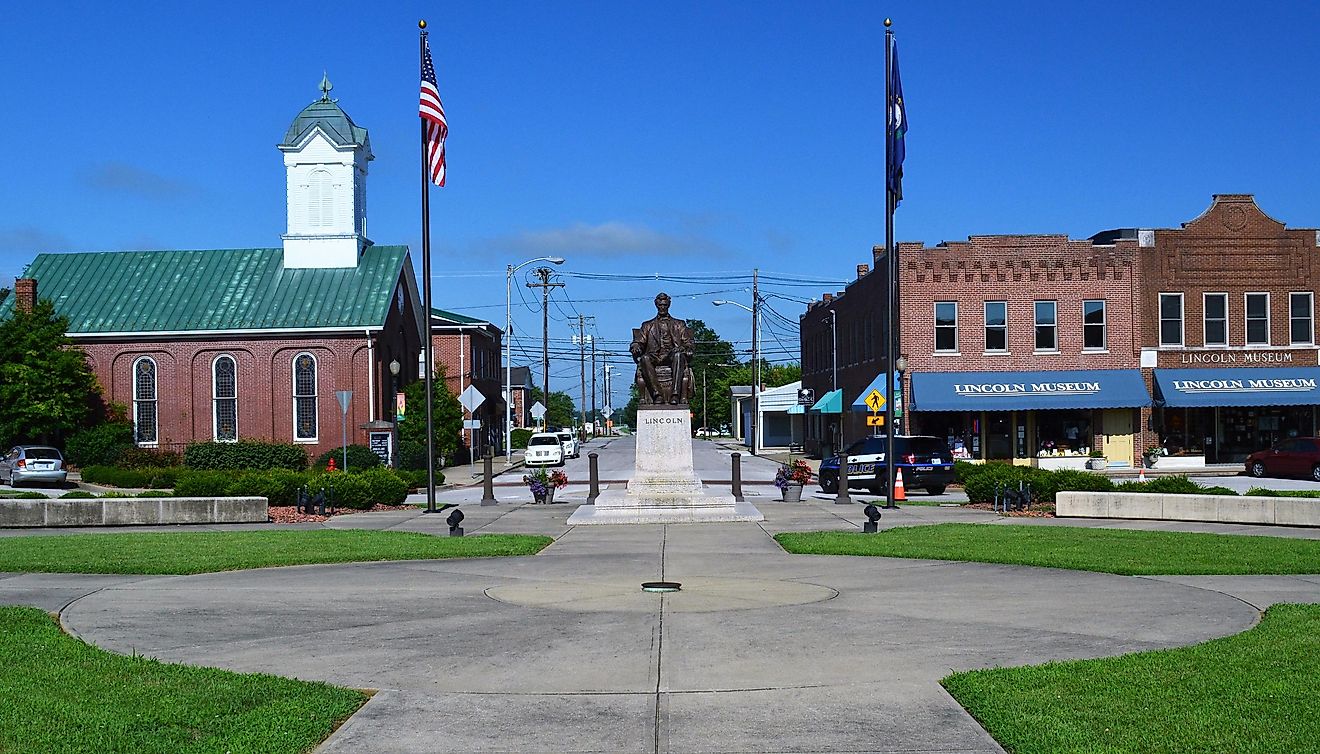
This California Town Is Older Than the State Itself
Once a diverse region full of Native American tribes, California’s modern history began with European settlement in the 17th century. Today, it is the most populous state in America, with famous landmarks from the metropolis of Los Angeles to the iconic trees in Sequoia National Park. That said, those who want to delve into the tales that made California what it is today should add the town of San Juan Bautista to their itinerary. Settled in the late 1790s by the Spanish, this town is older than the state itself and has plenty of history to show for it. From its early days as a Mutsun Native American settlement to the founding of Mission San Juan Bautista, this article delves into the storied past and present of San Juan Bautista.
San Juan Bautista’s Rise As A Spanish Colony

Before the 1700s, San Juan Bautista was home to the Mutsun people, a tribe of the Ohlone Nation of Indigenous Californians. These indigenous people lived throughout the area in small villages with houses made of grass huts. Things changed in 1797 when Spanish Franciscan priest Fermín Francisco de Lasuén set up the 15th of California’s 21 missions, Mission San Juan Bautista. The goal of the mission was to convert native people to Catholicism, and it played a role in taking up the land for Spain. The mission also changed the social landscape, with Native Americans learning to raise livestock, build modern structures, and grow crops.
By the early 19th century, Priest Lasuén had claimed the land for the Spanish Empire. This was primarily due to its fertile agricultural land and constant supply of water. During this time, the town had over 1,000 cattle, 4,500 sheep, and 500 horses. The mission itself was located on the Camino Real, which connected most of the California missions.
Mexican & American Periods

In the 1820s, Mexico revolted against the Spanish and gained independence. Thus, California came under Mexican control, and San Juan Bautista along with it. By 1834, the area surrounding the mission gained the name San Juan de Castro after Mexican official José Tiburcio Castro, who was appointed executor of the mission. While the area began to grow as a town, political and military instability led to Castro leaving the area, and it later came under American control. Although it was already a large community, it was officially incorporated as a city on May 4th, 1896, and was named after Saint John the Baptist. At the time, the town had a population of around 500 people.
In 1906, the famous San Francisco earthquake shook much of California, and San Juan Bautista’s mission and historic buildings suffered damage but were restored over the following decades. Today, the town preserves its old-world charm with its original Spanish Plaza, well-preserved adobes, and the only Spanish mission in California with its original plaza still intact.
Historical Landmarks Still Standing Today
Mission San Juan Bautista
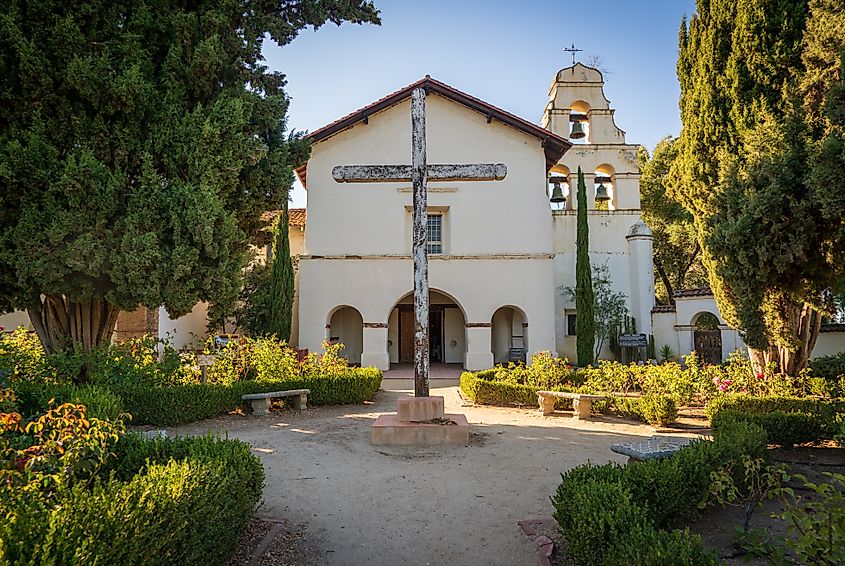
As mentioned above, Mission San Juan Bautista was set up in 1797 and is the prime attraction in San Juan Bautista. It was the 15th of the Spanish missions set up in California, and holds much of this history to this date. While earthquakes throughout the years led to notable damage, parts of the mission survived, and restoration efforts have brought it back to life. Today, tourists can explore the grounds and check out the iconic three-bell campanario, “bell wall” near the church entrance. Two of these bells date back to the original mission chime and were salvaged during the 1906 earthquake.
Apart from this, visitors can stroll the grounds, pray at the church, or join a guided tour of the property. Tour prices start at $10 for self-guided options, while Docent-led groups can charge up to $20 per person. These tours cover sites like the mission church and museum, as well as the gift shop and garden. For a more authentic experience, join in on Sunday Mass or visit during Christmas to take part in the Christmas Mass.
Plaza Hotel

The Plaza Hotel is another one of San Juan Bautista’s rustic sites, and it dates back to 1813. First built as a military barracks by New Spain, the building was used by Spanish soldiers until 1821, when the Anzar family took over and turned it into a general store and residence. Following this, in 1850, an Italian immigrant rented the building and built the second floor. By 1859, the second floor was complete, and he opened it up as the Plaza Hotel and restaurant, which became a popular stop for stagecoaches passing by. Today, the site is one of the best preserved landmarks in the region, perfect for a tour.
Castro-Breen Abode

A major figure in the town’s history was José Antonio Castro, the administrator of the mission and the former governor of Alta California. As such, his residence is one of the most important landmarks in town, and a perfect place to learn more about him and the community. Built in 1838, this Monterey Colonial style home belonged to Castro for a decade, until he sold it to Patrick Breen. Breen and his family lived here until 1933, after which it was declared a California Historical Landmark and is now part of the San Juan Bautista State Historic Park. Visitors today can explore the house museum, which is fully furnished with items from the 19th century, showcasing an insight into life at the time. Outside the property, the house’s two-storey silhouette and surrounding gardens make it a beautiful place for some photos.
Other Activities In San Juan Bautista
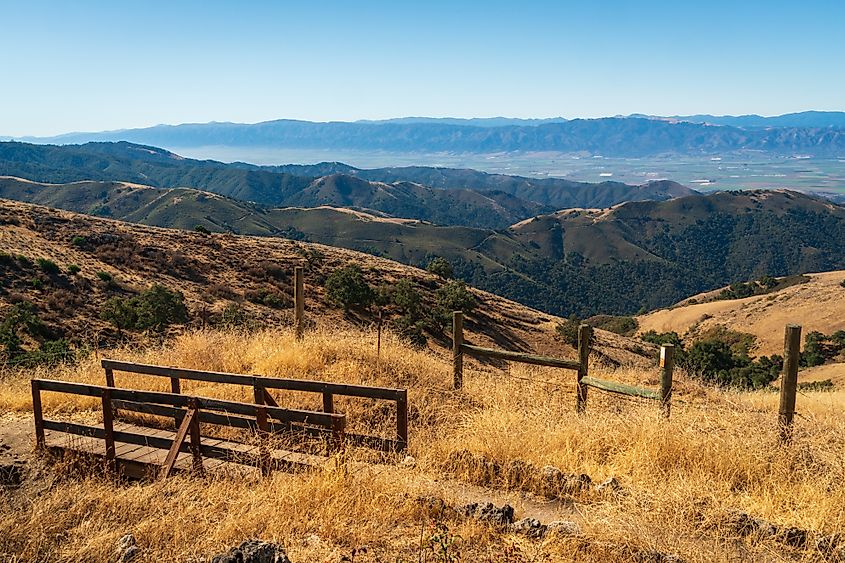
While history may be the main draw in San Juan Bautista, there is more to this town in the present day. California’s scenic wilderness abounds at Fremont Peak State Park, boasting 170 acres of outdoor opportunities. Adventure lovers can climb the 3,173-foot-tall Fremont Peak via the Fremont Peak and Valley View Loop Trail, which spans 2.2 miles of challenging terrain. The park is also great for picnicking and camping, with over 20 campsites so you can set up a tent or park your RV under the stars. As night falls, the Fremont Peak Observatory is a must-visit, offering visitors a close-up of the twinkling stars through the Challenger telescope.
Back in town, visitors can relax in the lush garden courtyard at Jardines de San Juan Restaurant & Event Venue, a local favorite known for its flavorful Mexican dishes, vibrant flowers, and family-friendly atmosphere. It is a popular stop for lunch or dinner after touring the historic sites. After your meal, take a stroll down Third Street, San Juan Bautista’s main street, lined with antique stores, artisan shops, and cozy cafes that add even more charm to this timeless California town.
A Trip Back Into California’s Past
San Juan Bautista is living proof that California’s history is alive and well for those who know where to look. From its centuries-old mission and historic adobes to its scenic parks and inviting local restaurants, this town weaves the past and present together seamlessly. Visitors can step back in time, wander charming streets, enjoy fresh local cuisine, and gaze at star-filled skies from nearby peaks. For travelers seeking California’s roots and a peaceful break from the rush, San Juan Bautista is the perfect place to linger.
